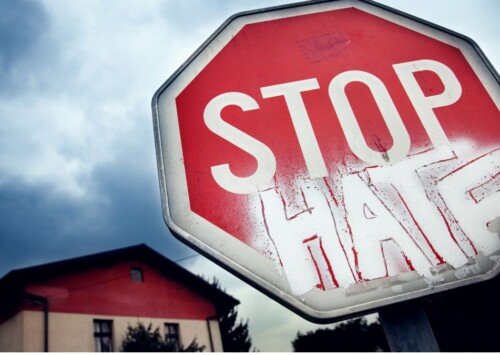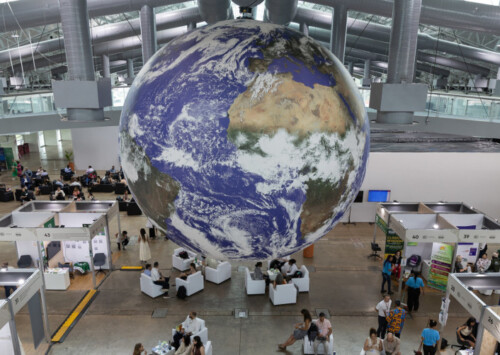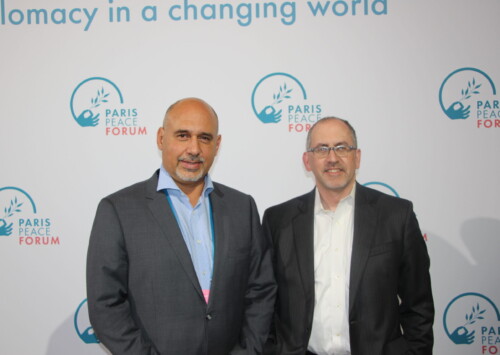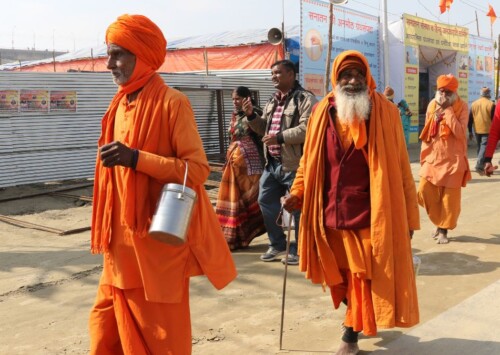Lesser-known traditional medicine practices in India
Six unique Indian healing arts beyond Ayurveda
India’s traditional medicine landscape is gaining global attention as unique healing practices like Kalaripayattu healing, Marma therapy, and Sowa-Rigpa become popular alongside Ayurveda.
India has a rich and varied medical history that goes well beyond mainstream Siddha and Ayurveda. Unique healing customs have thrived throughout its regions and these are frequently based on folk wisdom, martial arts and local culture. These six lesser-known but intriguing Indian traditional medical practices each have a unique history and philosophy of healing.
Kalarichikitsa, Kerala
Kerala’s ancient martial art, Kalaripayattu, is well-known for its dynamic fighting techniques, but it also maintains a highly developed healing system known as Kalarichikitsa or Kalari healing. Designed for warriors, Kalarichikitsa combines specialised therapies with Ayurvedic principles to treat injuries, improve flexibility and preserve general health.
Key features:
- In order to reduce pain, heal wounds, and revitalise the body, Kalari Marma Massage concentrates on key points, or marma.
- Chavutti Thirummal: A special type of massage in which the therapist applies deep, rhythmic strokes to increase circulation and flexibility while supporting themselves with a rope.
- Herbal medicine: Using formulations not found in traditional Ayurveda, like Murivenna oil, Kalari healers known as Gurukkal make their own herbal oils and pastes.
- Bone setting and trauma care: Kalari masters are in high demand for musculoskeletal conditions today because of their proficiency in treating fractures, dislocations, and soft tissue injuries.
The distinction between a healer and a warrior is frequently hazy in Kerala’s traditional martial arts centres, where Kalari healing is still practiced.
Marma therapy
The 107 essential energy points or marma in the body are the focus of the age-old South Indian healing method known as Marma Therapy. Although the principles of marma are fundamental to Ayurveda, their use in Kalarichikitsa and other regional systems is distinct and less well-known.
- Principle: Practitioners seek to relieve pain, encourage healing and restore the flow of prana or vital energy by stimulating marma points with massage, pressure or herbal applications.
- Applications include chronic pain management, injury recovery and even health maintenance prevention therapy.
- Specialisation: Traditionally handed down from master to pupil, Kalari marma therapy is renowned for its accuracy and is regarded as a highly protected art.
Vishachikitsa (poison healing)
Specialised Visha Chikitsa, systems for treating different kinds of poisoning, such as snakebites, scorpion stings and plant toxins, have evolved as a result of India’s diverse ecology.
- Regional traditions: Hereditary poison healers, also known as Vishavaidyas, are found in Kerala, Tamil Nadu, mainly in the tribal belts.
- Techniques: Ritual chants, herbal remedies and occasionally even metallic preparations.
- Notable customs: Some Keralan families are well known for their generation-old, clandestine herbal remedies for snakebite. In rural areas with limited access to modern antivenom, these treatments are frequently sought after.
In many regions of India, Vishachikitsa continues to play a crucial role in rural healthcare despite advancements in allopathic medicine.
Sowa-Rigpa (Tibetan medicine in India)
The Tibetan traditional medical system, known as Sowa-Rigpa, or the ‘science of healing’, has its origins in the Indian Himalayan regions, mainly in Ladakh, Sikkim and Arunachal Pradesh.
- Foundation: Combines indigenous Himalayan knowledge, Chinese medicine and Ayurvedic principles.
- Diagnosis: Depends on thorough questioning, urine analysis, and pulse reading.
- Therapies include moxibustion (heat therapy), herbal formulations, nutritional guidance and spiritual healing.
- Although the Indian government has formally recognised Sowa-Rigpa, it is still not well known outside of Himalayan communities.
Amchis, or Sowa-Rigpa practitioners, are essential medical professionals in isolated mountain regions who combine traditional knowledge with indigenous plants.
Folk Herbalism ‘desi chikitsa’
India has a wealth of traditional healing practices, known as Desichikitsa, that differ from village to village and go beyond formalised systems like Ayurveda.
- Practitioners: Tribal medicine men and women, grandmothers and local healers.
- Treatments: For common conditions like fevers, wounds, digestive problems and skin diseases, use locally sourced herbs, roots and minerals.
- Transmission: Oral knowledge is transmitted along with culturally and ecologically appropriate remedies.
- Examples include the use of ashwagandha for strength, neem for skin issues, and tulsi for coughs, all common remedies in rural Indian homes.
Many folk remedies have been proven effective by contemporary research, despite being frequently written off as superstitious.
Siddhavaithiyam (beyond mainstream siddha)
Even though Siddha medicine is accepted in Tamil Nadu, its Vaithiyam (healing) branch incorporates lesser-known, unconventional techniques.
- Bone-setting, poison treatment and spiritual healing are among their specialities.
- Use of rare mineral preparations, Kayakalpa or rejuvenation and Muppu or universal salt are examples of unique therapies.
- Folk siddha: In rural Tamil Nadu, Siddha healers frequently blend astrology, ritual, and herbalism, customising treatments to suit local conditions and individual constitutions.
These professionals are highly regarded for their ability to treat chronic diseases and ailments for which there are few effective treatments available in modern medicine.










